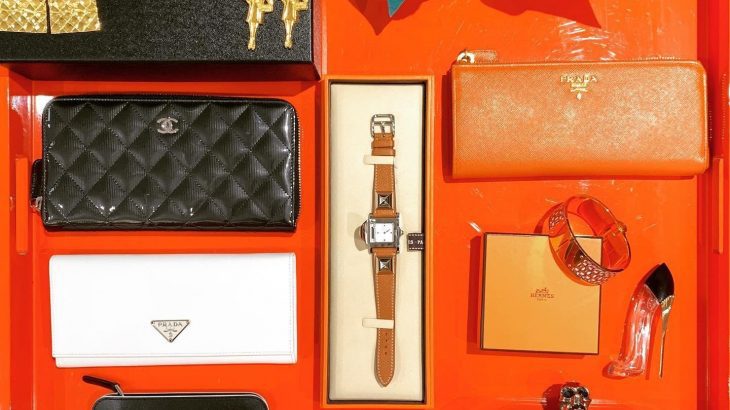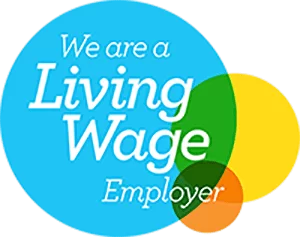
Fashion used to be slow, methodical and serve a greater purpose. In a time when people would buy clothing because they outgrew or damaged their existing clothing, i.e. when they needed to buy it, fashion designers would release collections once per season.
Fast Fashion: The Beginning and Rise
In the late 90s and early 2000s, the fashion world drastically changed. The emergence of online shopping, advancements in supply chains, targeted marketing and consumers equipped with more disposable income have made fashion a want rather than a need. Clothes are produced in excessive quantities, with the abundance fuelled by our over consumption of what is now called Fast Fashion.
What is Fast Fashion?
Fast fashion is exactly what the name implies. It goes from concept to production to retail shelves in record time. Because it is produced in such large quantities and in such little time, the emphasis is placed on profit and not on quality. The result is clothing so cheap that your pocket change can buy it, but the true cost of fast fashion isn’t something you can put a price tag on.
How is it made?
Fast fashion typically uses two types of fibres for its textiles: polyester and cotton. Polyester is a synthetic compound derived from fossil fuels, and, when done right, its production is incredibly dirty. It is used to make cheap clothing and dyed with toxic chemicals and bonding agents to make the dye stick to the synthetic strands. How about cotton?
While it is a naturally growing plant, cotton is the most water intensive crops on the planet. Countries that grow huge fields of cotton are at greater risk of drought and depleted water sources. The global cotton textile industry is also one of the worst culprits of child labour, exploiting children to pick, process and manufacture the cotton in many cotton-producing countries around the world.
A.M. Custom Clothing works to fight these problems. By using ethical supply chains, organic and Fairtrade cotton, with closed water systems and audited factories. These techniques help to make our products as sustainable as possible.
What is Fast Fashion’s Impact today?
The water used in the manufacturing process, containing toxic substances like formaldehyde, chromium and other heavy metals, PFCs, ammonia and others known to cause cancer, respiratory illness and ulcers. The cheap clothing retains about 65% of dyes and chemicals, releasing them onto our skin where it is then absorbed by our bodies. The scariest thing is that nobody truly knows the long-term impact of wearing fast fashion on the human body.
Since fast fashion is so profit driven, its production process takes incredible liberties with regard to labour rights and its environmental impact. Wearing fast fashion exposes one to the terrible chemicals used in its production, but imagine what it is like to work in a decrepit factory in a third-world country for next-to-nothing wages.
Fast fashion garment workers, predominantly women and young girls, slave away at sewing machines, spinning and cutting fabric, dyeing clothes and affixing brand logos. They work up to 14-hour days and are constantly exposed to hazardous chemicals, dangerous working conditions and abuse. The 2013 Rana Plaza factory collapse in Bangladesh was the wake up call for the world hooked on fast fashion, when over 1,100 garment workers died producing clothing for fast fashion companies.
What’s Next?
The good news is that the world is becoming more aware of the perils of fast fashion. Sweden cancelled its Stockholm Fashion Week in 2019 in a push to promote sustainability in fashion. And consumer preference is shifting towards sustainable clothing. In fact, almost 50% of consumers cite sustainability as a major consideration they make before spending their money. The problem that exists today is that the majority of fashion brands have yet to take true steps towards sustainability.
Companies like A.M. Custom Clothing are also working to supply ethical, sustainable and organic printed clothing for brands to purchase and use. Examples like the 100% Fairtrade Organic cotton clothing are a big step forward towards a sustainable clothing industry.
Another trend that is already extremely popular is luxury designer consignment. This is a great alternative because consumers have a way to own high-quality brands like Chanel, Hermes, Louis Vuitton, Gucci and many more for up to 70% off retail. The added benefit is that there is nothing more sustainable than buying something that has already been created: no additional emissions, pollution and no waste!
About the Author
A former finance professional with a passion for fashion, Yulia Omelich founded CODO, Inc, in 2010 with her husband Andrey. She wanted to establish a platform for women to own high quality, authentic luxury fashion without having to pay the retail price, as well as a way to shop sustainably. Her passion for sustainability is reflected in the business, which offers a unique refashion service that allows customers to upgrade their outdated or vintage garments with luxurious pre-existing materials.


